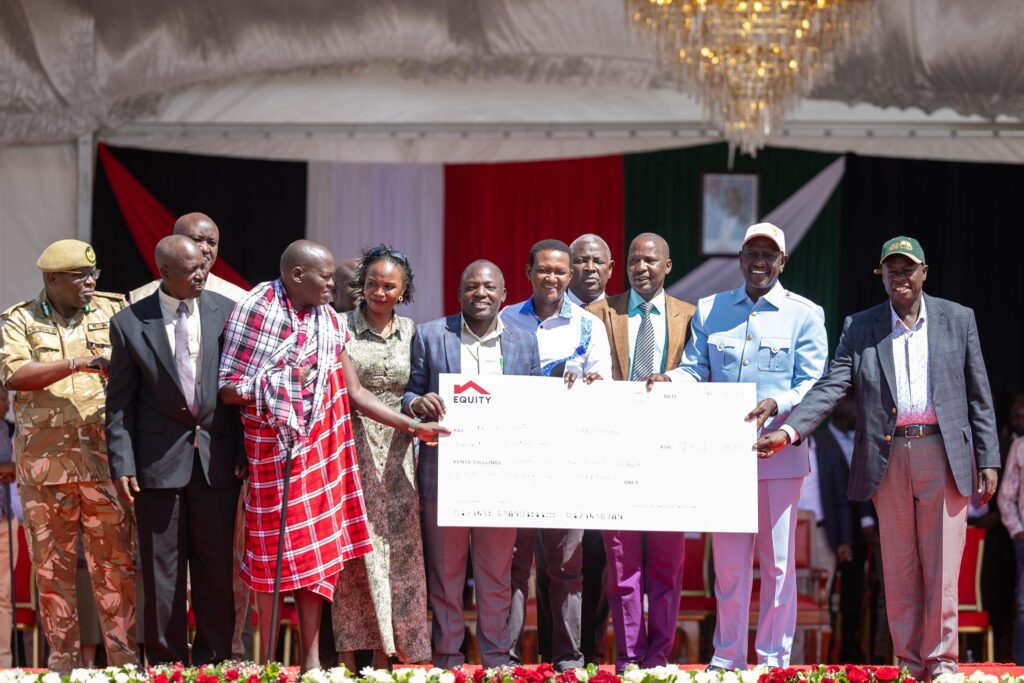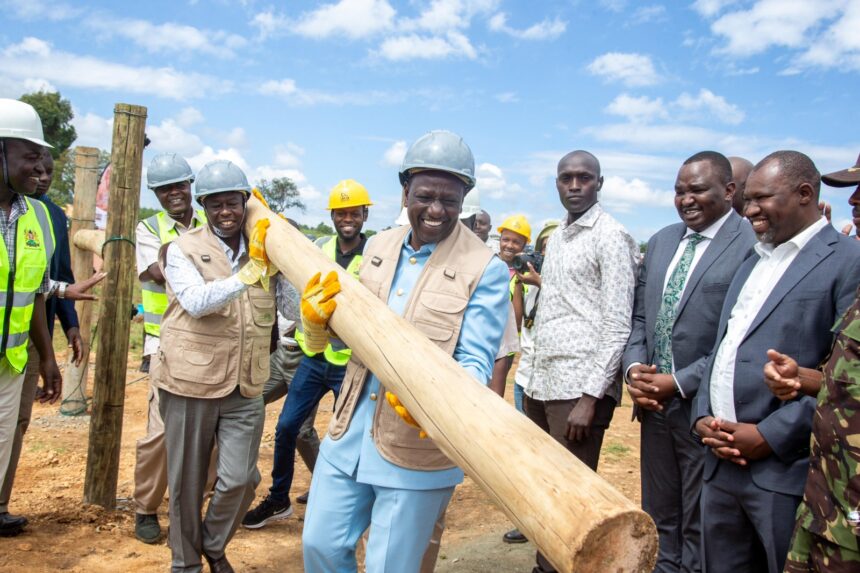President William Ruto has initiated a compensation scheme to address damages resulting from human-wildlife conflict, aiming to alleviate the burdens faced by affected communities.
In a recent announcement, President Ruto disclosed that as of 2022, compensation claims had reached KSh7 billion for the period spanning 2014 to 2023, with the government having disbursed KSh4 billion thus far.
These claims encompass various forms of loss, including deaths, injuries, crop destruction, predation, and property damage, inflicted by wild animals across six counties.
Speaking at the Rumuruti Stadium in Laikipia County, President Ruto assured the public that the outstanding KSh3 billion in compensation claims would be settled within the next 60 days.

He emphasized the need for expedited verification procedures and collaboration with Members of Parliament to ensure prompt compensation for the remaining 7,000 affected families.
During the event, President Ruto presented a cheque amounting to Sh 960 million to victims of human-wildlife conflict nationwide, underscoring the government’s commitment to addressing this pressing issue.
He also pledged to streamline the compensation process, vowing to eliminate unnecessary bureaucracy for the benefit of affected individuals.
President Ruto highlighted the importance of fostering partnerships between the government, private sector, and local communities to sustain conservation efforts effectively.
He emphasized the integral role of citizen engagement in conservation initiatives, citing it as a cornerstone for long-term sustainability.
Additionally, President Ruto announced plans to construct 350km of electric fences around national parks and game reserves in six counties, with Laikipia County set to receive a 100km fence along the Lariak Forest Wildlife Conservancy. These measures aim to mitigate human-wildlife conflict and safeguard both wildlife and local livelihoods.
The President directed the Ministry of Tourism and Wildlife to conduct comprehensive mapping of areas requiring fencing, including forests, with a goal of completing the fencing initiative within the next five years.









